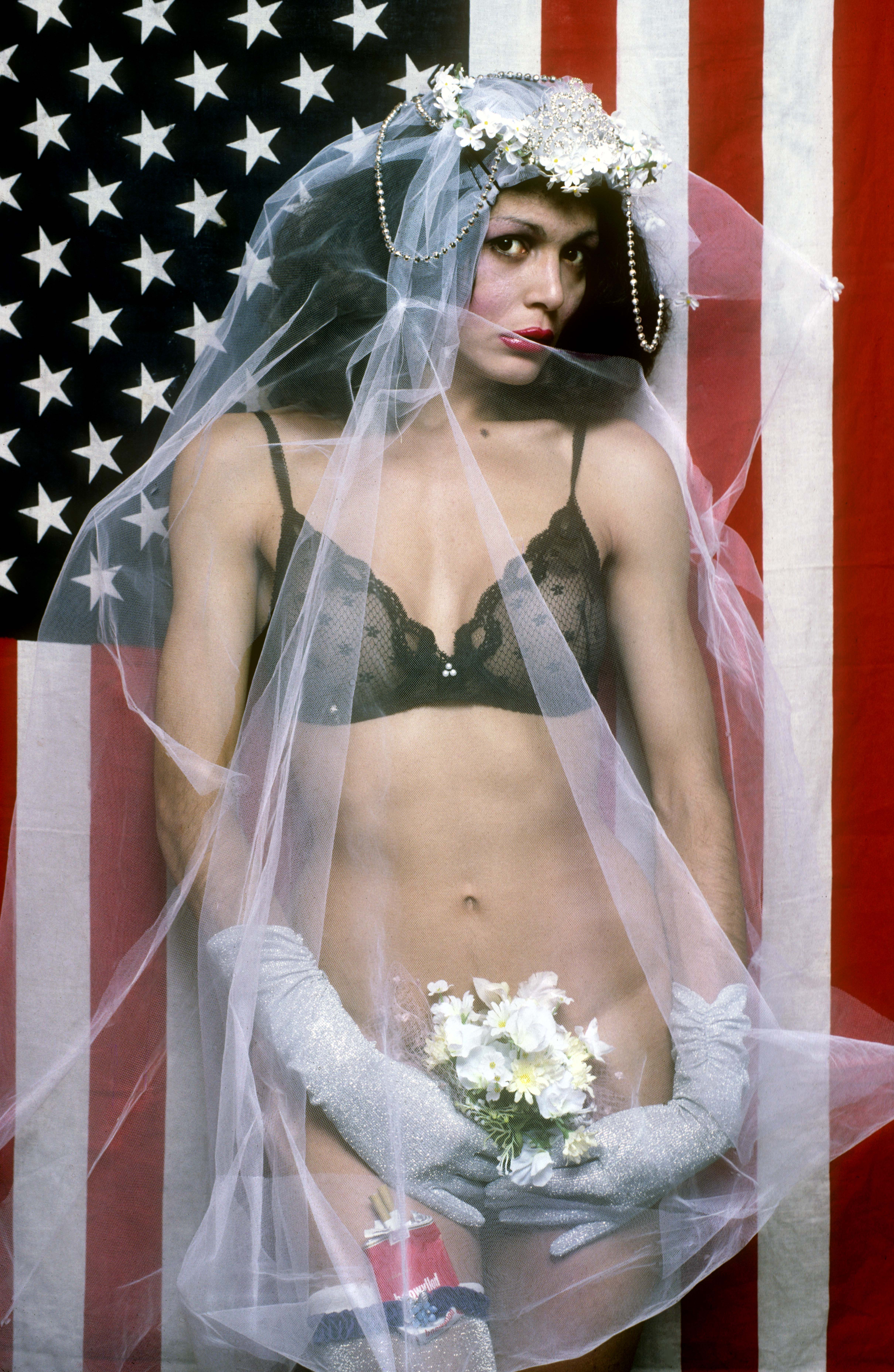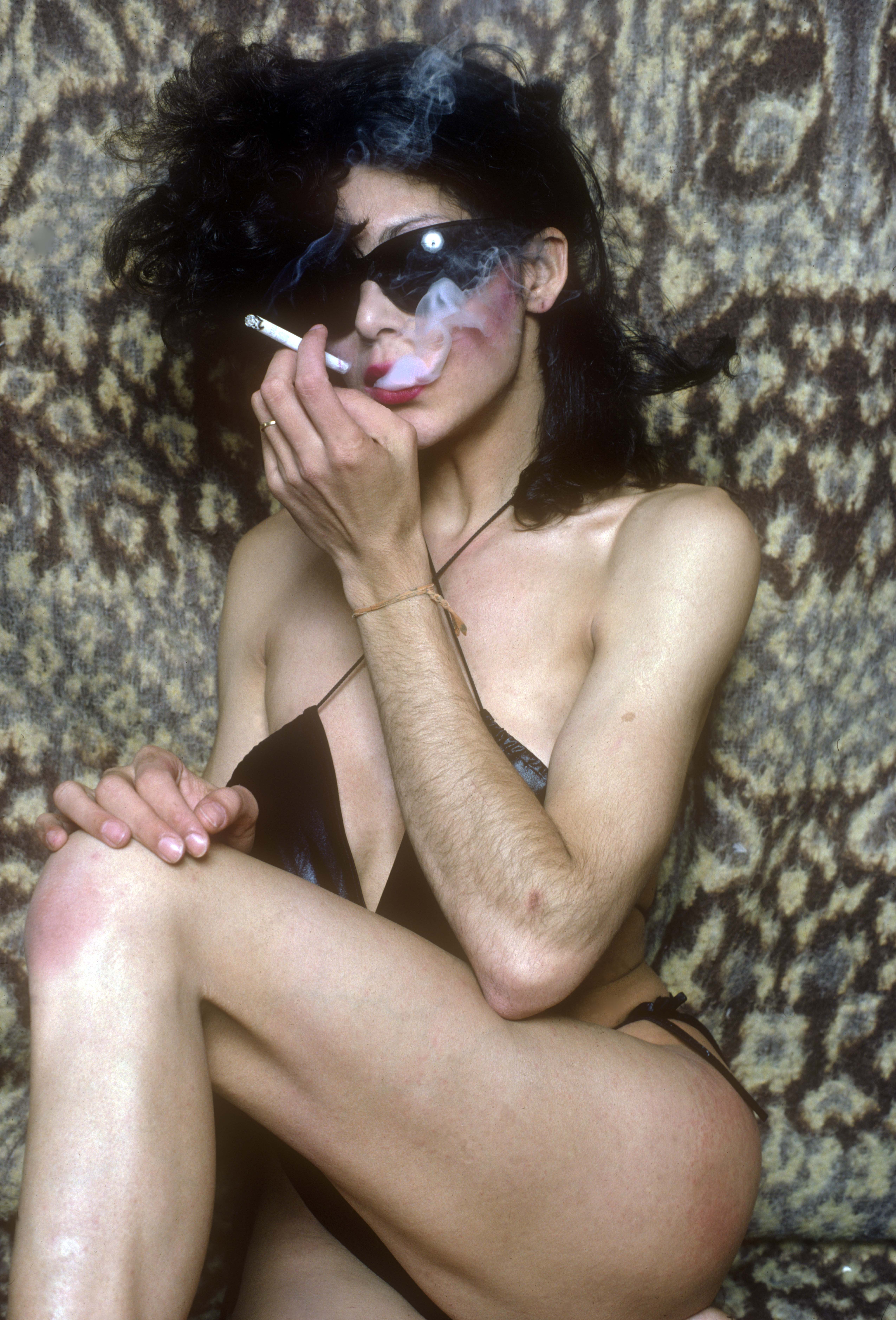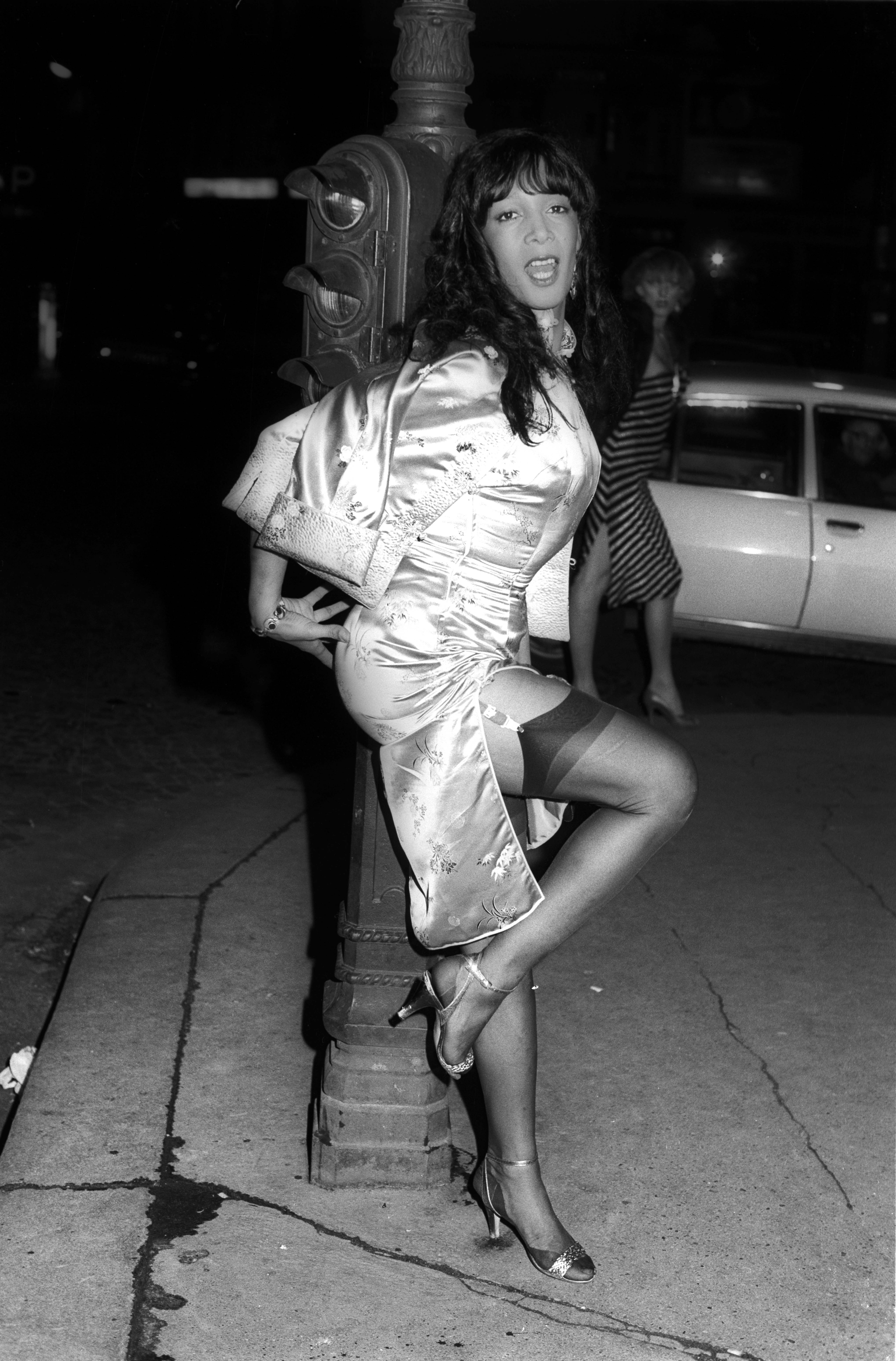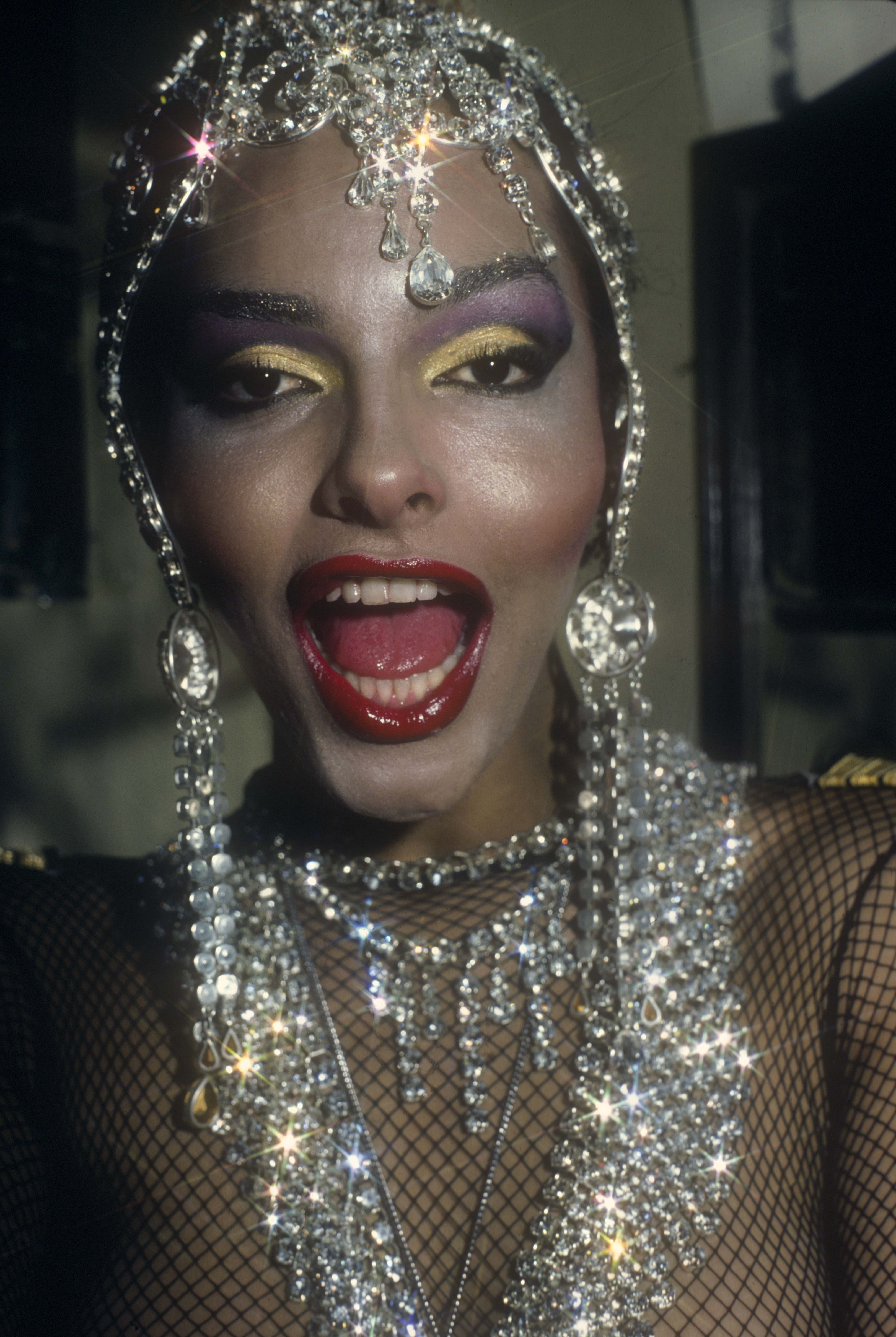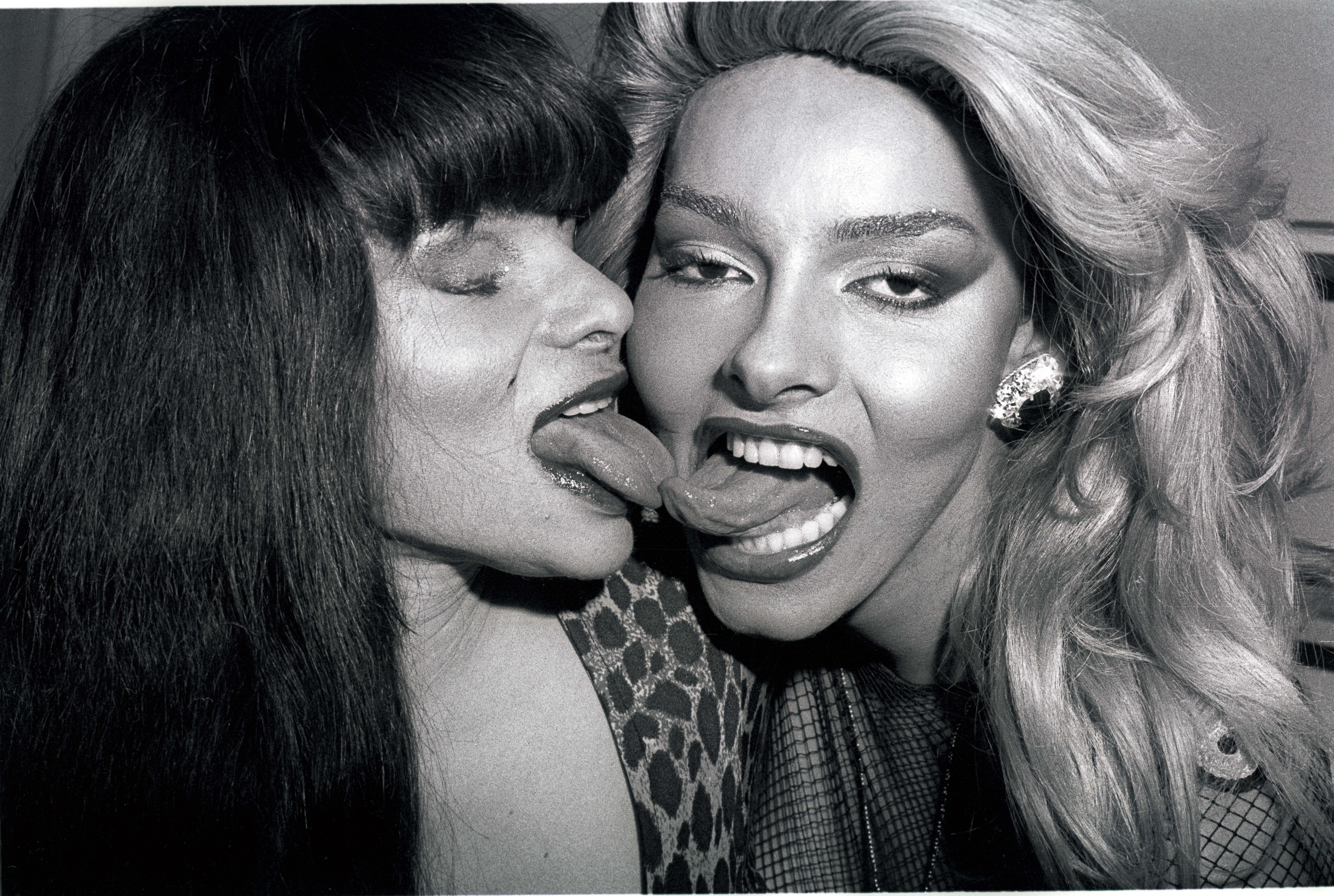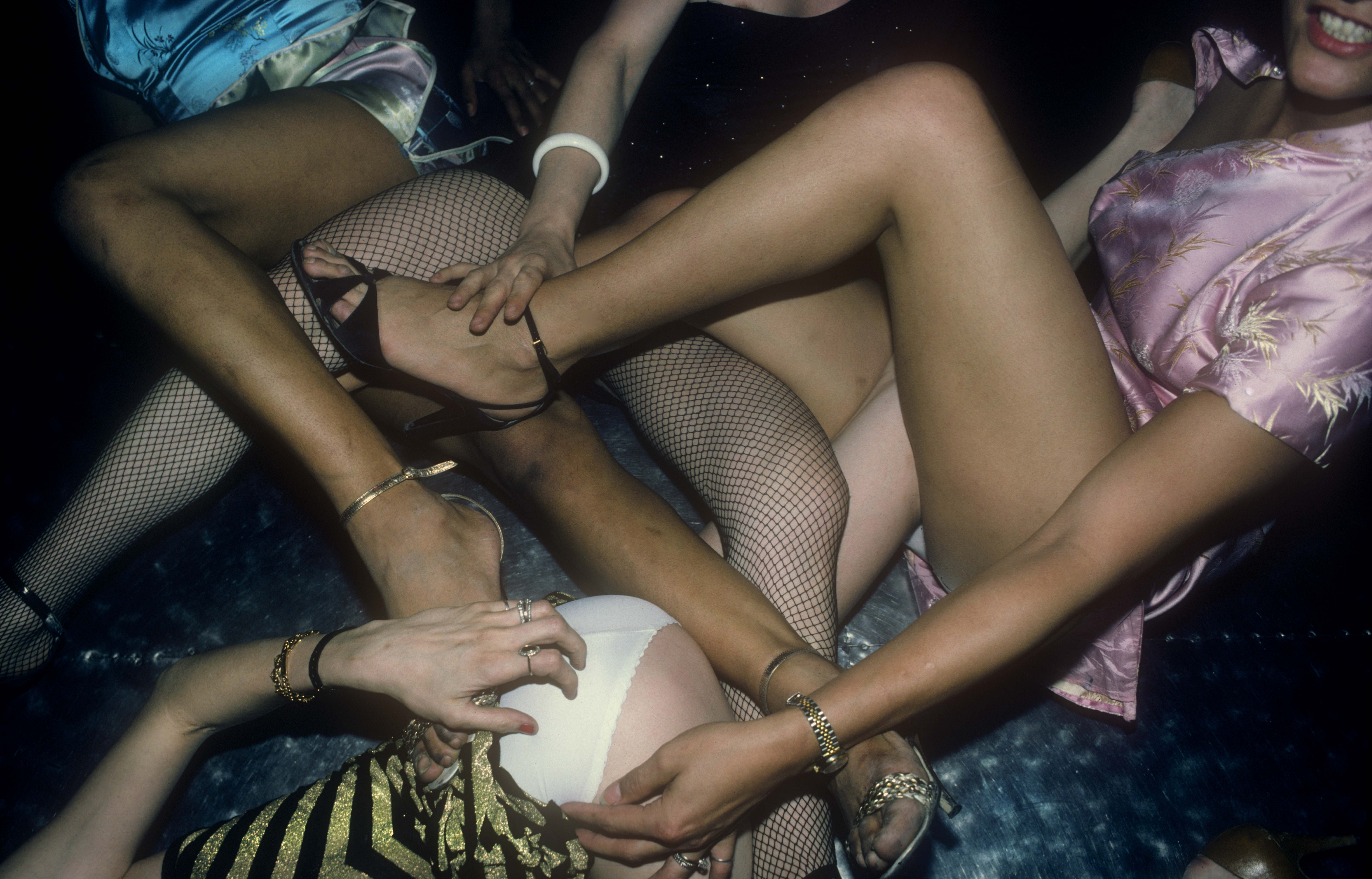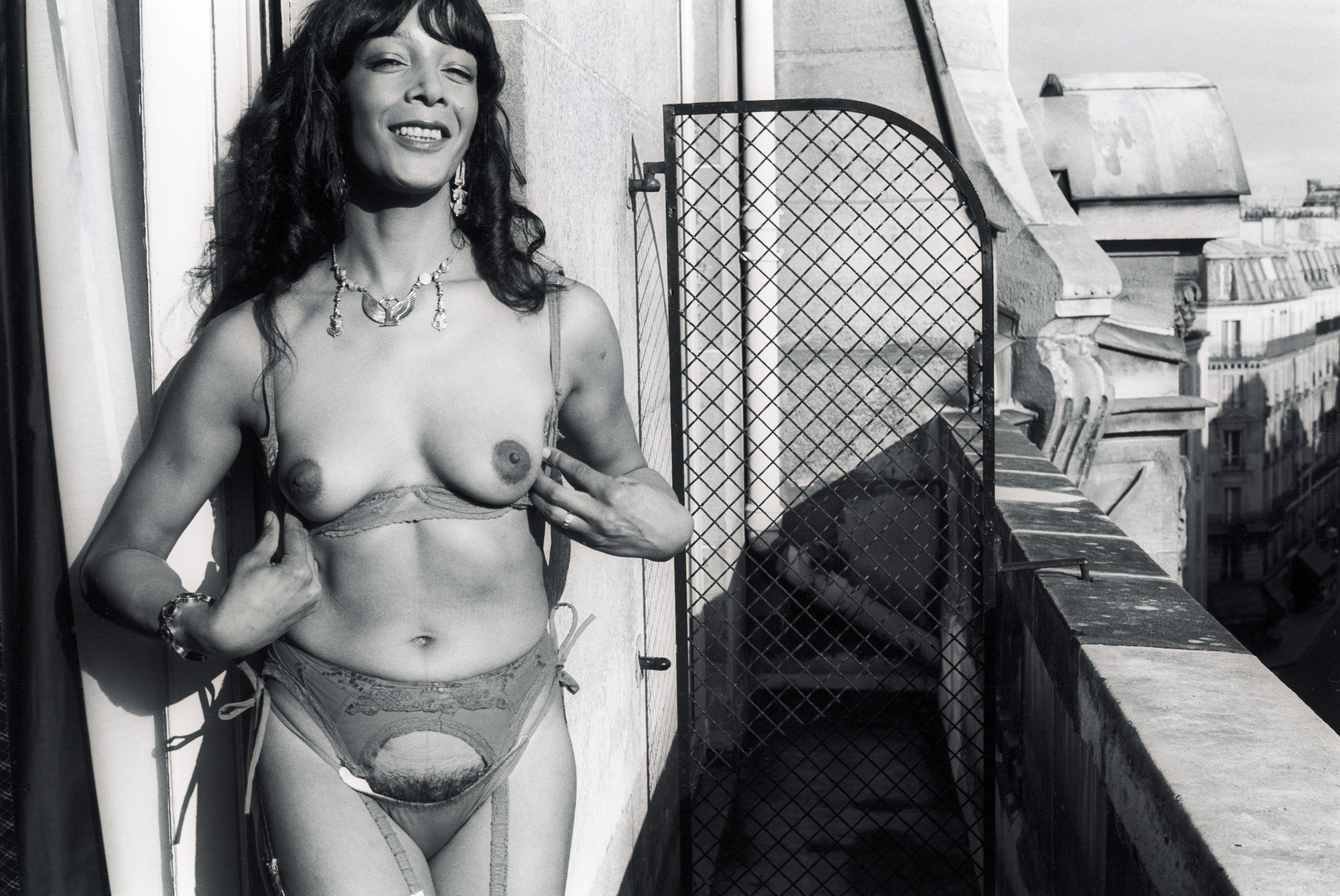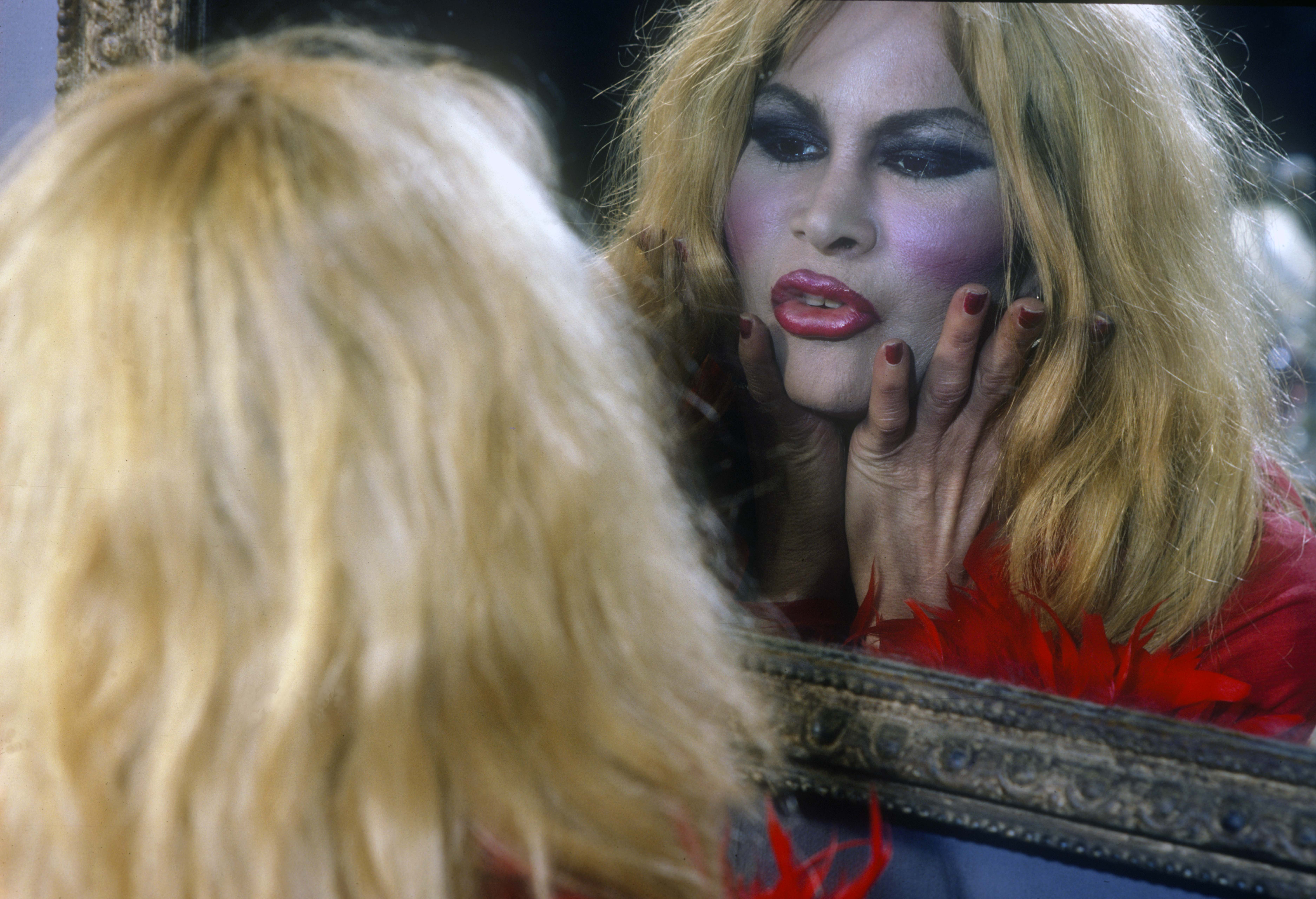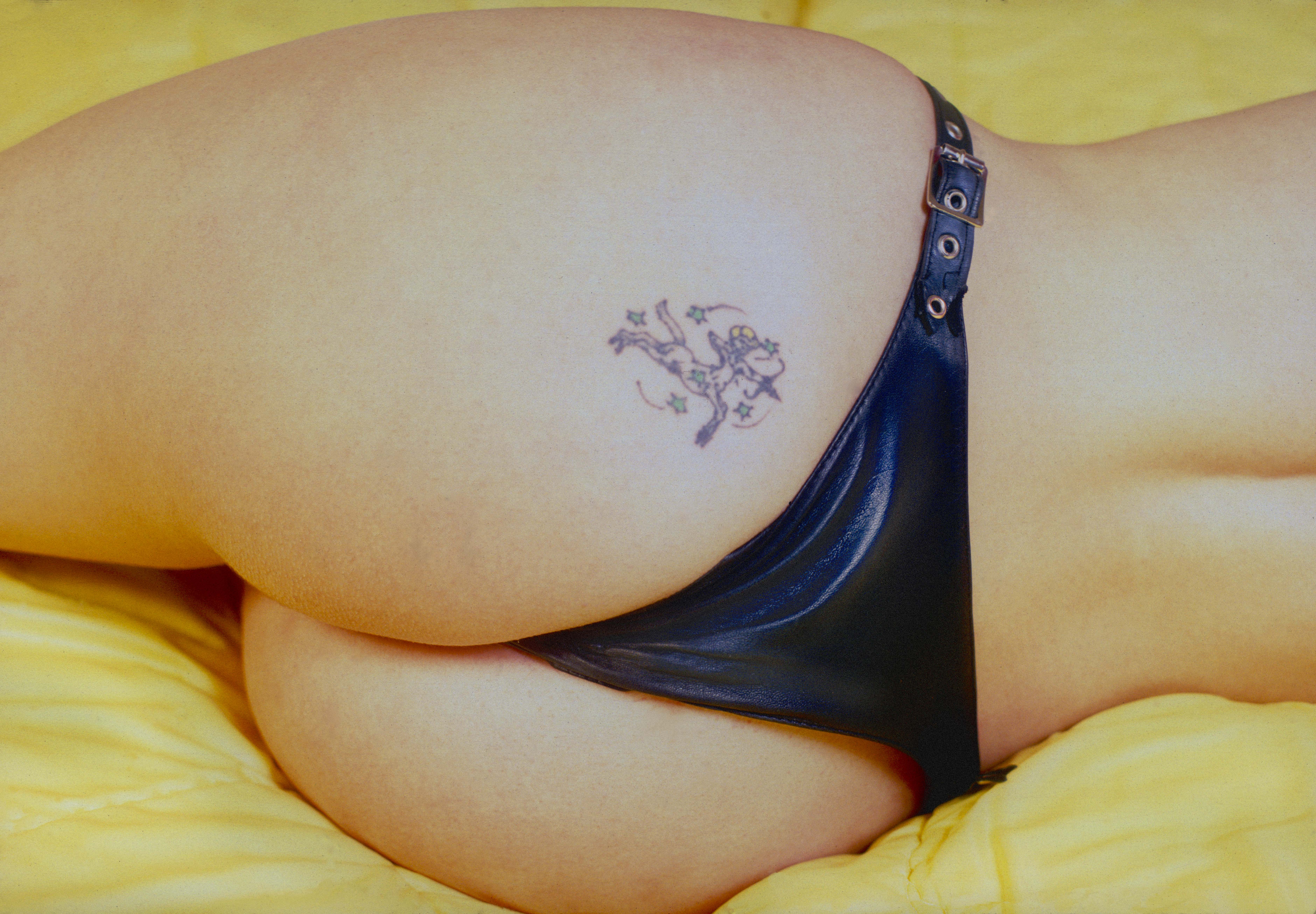
04 Jul Portraits of a Glamorous Trans Community in 80s Paris
It’s the 80s, and the Parisian women in Byron Newman’s photographs are decked out in sparkling jewels, smokey eye makeup, and liberal quantities of blush. Most of the women are originally from Brazil; all of them are sex workers, and all of them are trans. They look glamorous, strong, and sexy—like runaways from a Gloria Gaynor music video or extras at a Grace Jones photoshoot.
Newman was 30 when he moved to France for a job as the art director of a magazine in Paris, but he quickly found better artistic inspiration in the migrant community of trans women who hustled in the nearby red light district of Pigalle. Newman and his wife, the French actress Brigette Ariel, befriended the girls and started hanging out with them, photographing their lives
“I was not a terribly experienced photographer at the time,” he says. “But I think the fact that I was using fairly rudimentary equipment and not much experience actually gives it a rawness and immediacy that I quite like. If I’d done it now, it wouldn’t be as interesting as it was.”
Newman ended up photographing between 30 to 40 women and published the results in a 1984 book called The Ultimate Angels. Some of those photos are now being exhibited in Ultimate Angels, a joint show at the Herrick Gallery in London with painter Aphrodite Papadatou.
When he was in Paris, he says, trans women existed on the fringes of society, marginalized and scorned by the establishment. The only publication that had previously photographed the trans sex worker community was the weekly news magazine Paris Match, which had used long lenses and infra-red film—as if the women were gangsters or criminals.
That only made him more determined to show a different side to their lives. The women in Newman’s photos can pose like Playboy models, but he also captures them hanging out with friends, sunbathing topless or goofing off on the street. “Most of the time, I purely recorded what was in front of me,” he says. “When I photograph women, I always like to photograph women who look like they’re in control of their own lives and not passive playthings for men. I did the same thing with them.”
Over 30 years later, Newman and his now ex-wife have lost touch with many of the women in his photos. “It’s a very transient world,” he says of Pigalle. “There was a big gap between the photographs and the book being published—a three-year gap. Between that period, a lot of the [people] that we’d met had gone back to Brazil or been deported.”
He does, however, have fond memories of their time together. One New Year’s Eve, they drove to the beach with a friend named Cassandra to celebrate a traditional Brazilian ceremony to bless the coming year. As Cassandra tossed white flowers and gold jewelry into the ocean, they had totally forgotten that they had parked the car on the sand in the face of the rising tide. “When we got back, the car was half submerged,” he laughs. “At two o’clock in the morning on New Year’s Day, we had to get the fire brigade out!”
